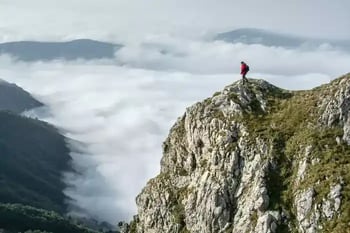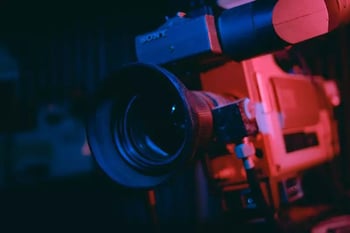The Essential Equipment Every Video Production Company Needs
Discover essential gear for your video production company - from cameras to post-production tools, illuminate your path to creating captivating content!
If you're in the exciting business of video production, you're probably aware that having the right tools in your arsenal can make a world of difference. The appropriate equipment can elevate your videos from good to great, ensuring the highest production values and capturing your viewers' attention. We're here to help you navigate this world of technology, providing a friendly guide on the crucial gear every video production company should have on hand.
Cameras: The Heart of the Operation
Cameras are, without a doubt, the cornerstone of every video production setup. Depending on your budget and production needs, the type of camera you choose can range from consumer-grade camcorders to high-end cinema cameras. However, irrespective of the cost, the key features to look for include resolution (4K is a safe bet in the current climate), low-light performance, dynamic range, and manual controls. Additionally, multiple cameras can be helpful for filming from different angles simultaneously and providing a richer visual experience.
Lenses: The Eye of the Production
The lenses you pair with your cameras can significantly affect the look and feel of your video content. Different lenses allow for varied depth of field, zoom capabilities, and wide-angle shots. A good starter pack for lenses might include a wide-angle lens (for establishing shots), a mid-range lens (for general use), and a telephoto lens (for close-ups). Ensure your lenses are compatible with your camera, and remember, image quality can often rely more on the lens than the camera body itself!
Tripods & Stabilizers: Securing the View
Stable footage is a hallmark of professional video. While handheld shots can bring dynamic and immersive qualities, excessive shake can distract and even confuse your audience. A sturdy tripod is essential for static shots, interviews, and long takes. On the other hand, gimbals and steadicams are perfect for tracking shots and other movements, helping maintain a smooth and steady capture throughout the scene.
Lighting: Illuminating the Scene
Great lighting can transform your footage from average to outstanding, enhancing the mood, tone, and atmosphere of your scenes. Basic lighting equipment should include key lights (the main source of light), fill lights (to soften shadows), and backlights (to separate the subject from the background). Portable LED lights can also be handy for location shoots. Consider investing in diffusers, reflectors, and various colored gels to further modify your lighting and create the desired aesthetic.
Audio Equipment: Capturing the Soundscape
Good video isn't just about the visuals; audio is equally important. Crisp, clear sound can draw your audience in and keep them engaged. A quality microphone is a must-have for recording dialogue or ambient sounds. Shotgun microphones are great for directional audio, while lavalier microphones are excellent for interviews or single-person shoots. Don't forget about headphones for monitoring audio on set and an audio recorder if your camera doesn't have one built-in.
Post-Production Tools: Crafting the Final Picture
Once the shooting wraps up, it's time to turn your raw footage into a polished piece of art. This is where post-production software comes in. Programs for video editing (like Adobe Premiere Pro or Final Cut Pro) allow you to cut and combine footage, add transitions, and fine-tune the pacing of your videos. Color grading software (such as DaVinci Resolve) helps you adjust the colors in your footage to set the right mood and make your visuals pop. Audio editing software ensures your sound is just as high quality as your visuals.
Miscellaneous: The Hidden Heroes
Let's not forget about the unsung heroes of video production equipment. These include memory cards for storage, batteries and power supplies to keep your equipment running, and camera bags for transporting gear safely. A clapboard can be useful for syncing audio and video, while cables and connectors are essential for linking up your equipment. Even simple items like gaffer tape (for securing cables) and lens cleaning kits (for keeping your optics spotless) are indispensable on set.
Every video production company is unique, and your equipment needs might differ depending on your specific focus. However, these basics cover most of the ground and will set you up for creating amazing content. Remember, investing in high-quality equipment is an investment in the future of your business. Happy filming!
Written by Jonathan English CEO for Venture Videos — a full-service video production agency that specialises in producing creative videos & campaigns that get real results.




















